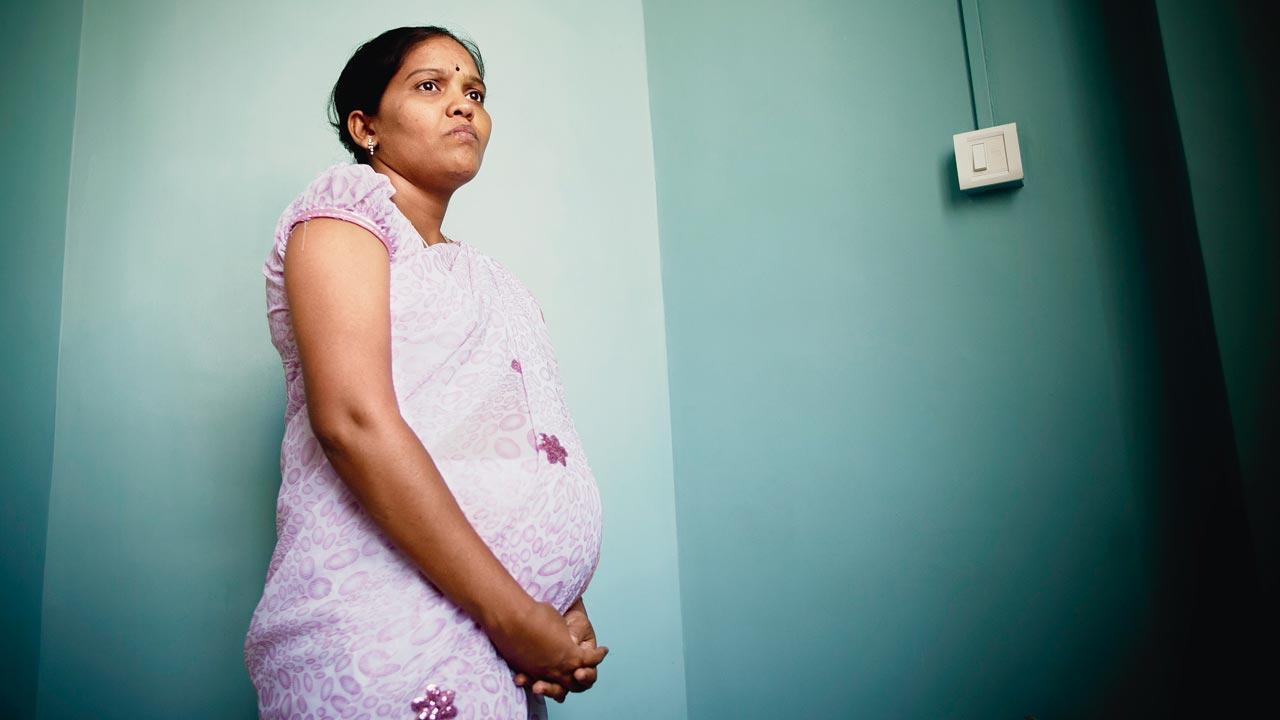Home / Sunday-mid-day / / Article /
‘Even indoor pollution could lead to miscarriage’
Updated On: 18 February, 2024 07:30 AM IST | Mumbai | Christalle Fernandes
A literature review by six Indian scientists points to a disturbing find—that the vulnerable mother’s exposure to air pollution may adversely affect the baby physical and mental health

The literature review, through studies on air pollution and miscarriage, flagged traffic and indoor air pollution as sources of concern Representation pic
The World Health Organisation (WHO) estimates that globally, air pollution causes over seven million premature deaths each year, because of reasons such as ischemic heart disease, stroke, chronic obstructive pulmonary disease, lung cancer, and pneumonia. However, research has found, air pollution may be linked to miscarriage as well.
A recent literature review by six Indian scientists, published in Springer Nature Journal, investigated the link between air pollution and miscarriage, by analysing 45 studies published between 1982 and 2023, from China, the US, Africa, Italy, and Iran, and a few from Sweden, South Asia, Finland, Brazil, India, Turkey, Russia, and Mongolia. The studies looked at both short-term and long-term exposure to single and multiple pollutants.



